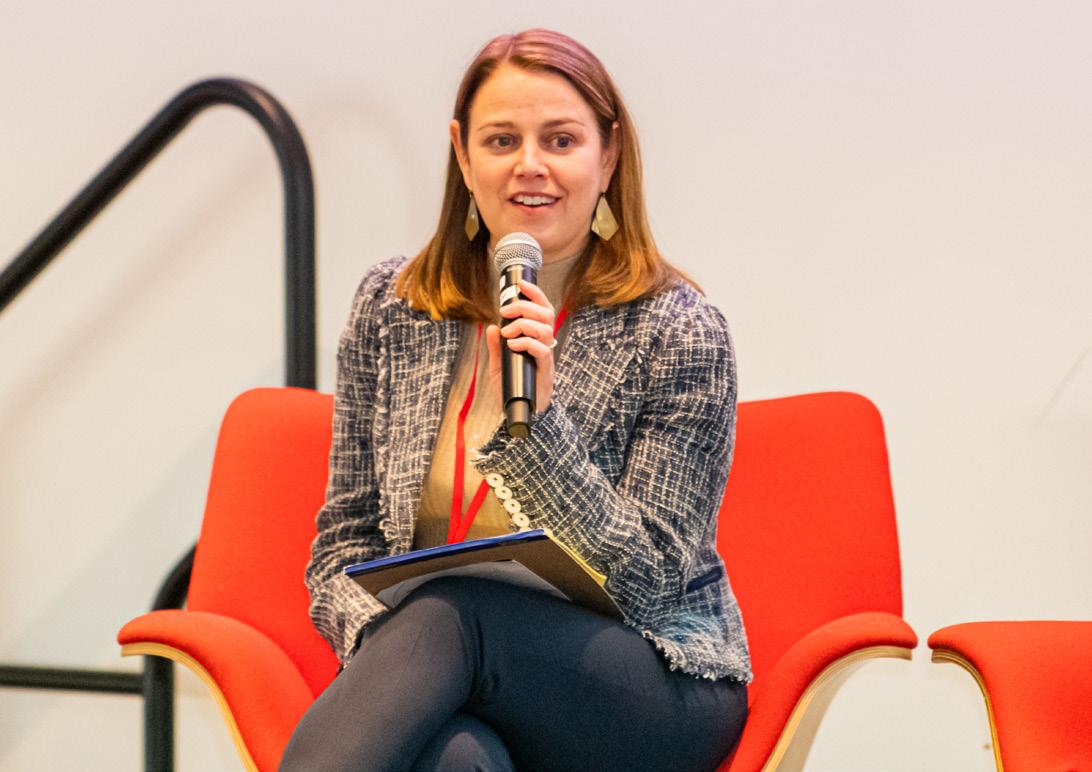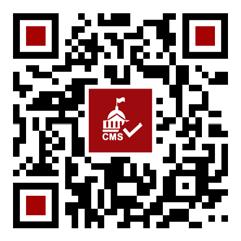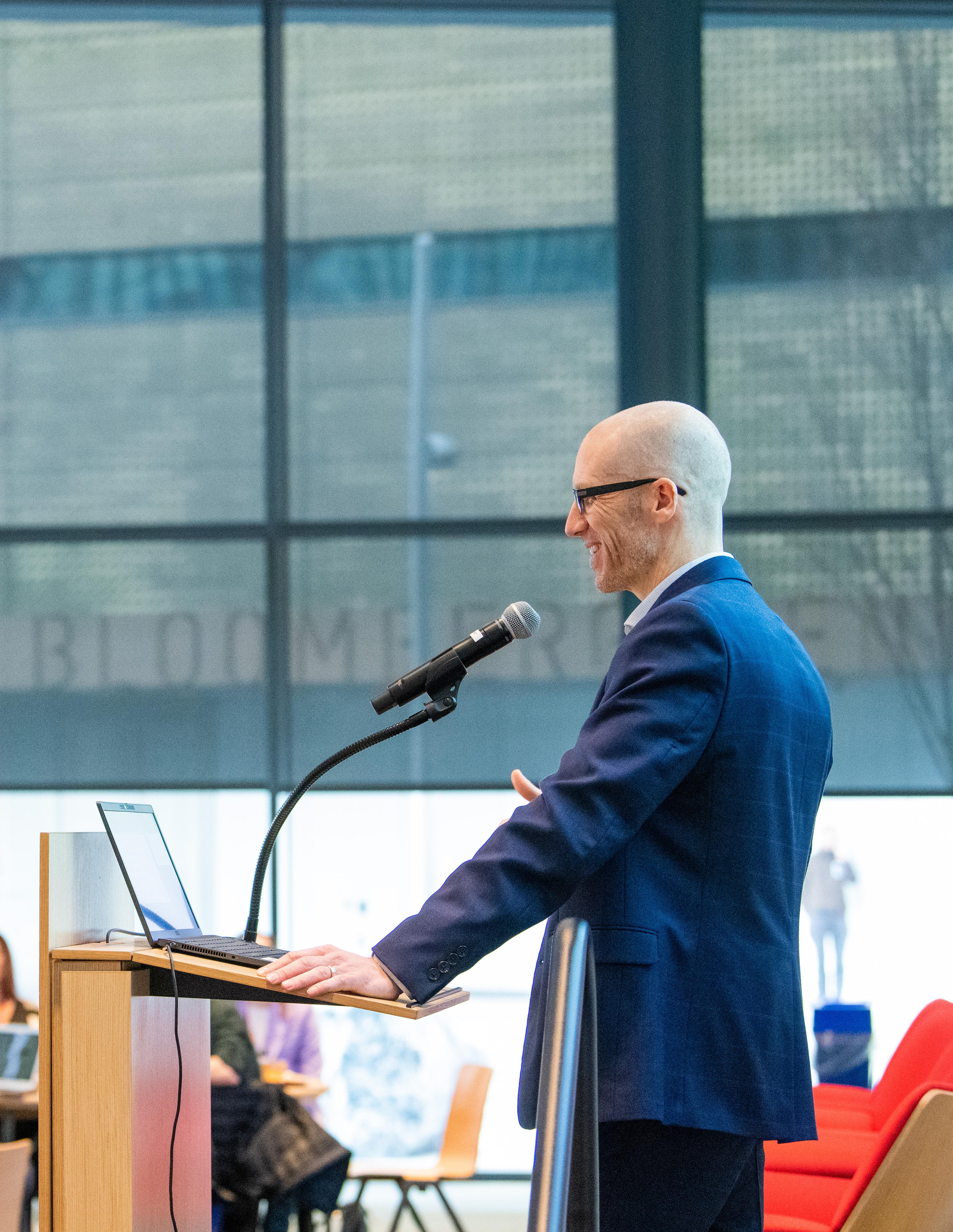
4 minute read
Collaborative Midterm Survey offers new insight into the opinions of Americans while advancing survey science
An innovative Cornell-led survey paints a comprehensive picture of what Americans were thinking on Election Day in 2022 – and advances the science of surveys.
Key findings include that nearly half of white Americans recognize that the deck remains stacked against Black Americans. One out of four Americans think parents should decide whether their kids buckle up. And a majority of Americans believe in restoring voting rights to people previously convicted of a felony.
Advertisement
“The results demonstrate that even at a time of extreme political polarization, on some issues the opinions of most Americans are aligned,” said the survey’s principal investigator, Peter K. Enns, professor of government in the College of Arts and Sciences (A&S) and public policy in the Cornell Jeb E. Brooks School of Public Policy.
Funded by the National Science Foundation, the innovative survey was larger and more comprehensive than a traditional public opinion poll. With a sample size of more than 19,000 Americans – 20 times larger than most national polls – it produced a range of fascinating insights. They include:
• Majorities in all states favor requiring background checks for gun purchases at gun shows or other private sales;
• Democrats rate the U.S. Congress and supporters of Black Lives Matter more favorably than the average American does. Republicans rate billionaires and the people who breached the U.S. Capitol on Jan. 6, 2021, more favorably than the average American does; and
• The vast majority of Republicans (80%) surveyed accepted the results of the November 2022 midterm elections, even as some leaders of their party and prominent candidates disputed the outcome.
Cornell Tech with journalists, academics and polling industry leaders providing analysis.
Accurate polling increasingly depends on gathering data in multiple ways, and that escalates the cost and complexity.
“We’re at a crossroads where the methods that have worked the best continue to fare well perhaps but are more expensive than ever, and we need to try new things,” said Nate Cohn, chief political analyst for the New York Times.
The Collaborative Midterm Survey offers a roadmap toward that future, said Jennifer Agiesta, CNN Director of Polling and Election Analytics. “This is the kind of work our industry needs so that we can figure out how to move forward in a world where the ground is shifting,” she said.

“The results of this effort will inform political leaders and the survey industry as they prepare for the 2024 elections and look for the best methods to ensure all voices are represented in the polls,” said Enns, who is also the Robert S. Harrison Director of the Cornell Center for Social Sciences.

Co-principal investigators were Jonathon P. Schuldt, associate professor in the Department of Communication in the College of Agriculture and Life Sciences and executive director of the Roper Center for Public Opinion Research, and Colleen L. Barry, inaugural dean of the Cornell Brooks School.
“Developing new approaches to accurately measuring voter attitudes and preferences in both the midterm and general election cycles has never been more important,” Barry said, noting that the last large, national scale midterm survey was in 2002.
The researchers revealed the results from the Cornell-led 2022 Collaborative Midterm Survey at a January event at
The data and methods were made public Jan. 20, part of a wide-ranging effort by the survey directors to emphasize transparency, experiment with new methodologies, and improve the framework for understanding democracy in the face of fast changing technologies and declining response rates.
“The multimethod survey offered an unprecedented opportunity to understand the preferences, attitudes, and behaviors of groups that are increasingly difficult to analyze in traditional surveys,” Schuldt said.
The Cornell investigators selected three organizations to collaborate with them on the survey; each used two sampling methodologies to ask a core set of identical questions during the same time period. The organizations – Gradient Metrics, the Iowa Social Science Research Center and SSRS – asked 205 questions touching on 14 topics.
One set of survey responses suggest the degree of extreme partisan animosity in the U.S. is sometimes overstated. Participants were asked if they would engage in pro-social activities such as helping a stranded motorist or calling 911 during an emergency if the recipient of the good deed was a Republican or a Democrat. It didn’t really matter. Results showed that in all cases, willingness to engage in pro-social behavior was overwhelming – 84% to 94% – and differences between in-party and out-party help were small. Respondents were equally likely to say they would help those of an opposite party in an emergency.
Even in a non-emergency situation familiar to many parents, survey results suggested that partisan animosity was minimal. Respondents were asked how likely or unlikely they would be to encourage their child to be friendly to a new kid if they learned the parents were Democrats or Republicans. When the politics of the new kid’s parents matched the respondent’s politics, 92% said they would encourage their child to be friendly. When the politics of the new kid’s parents opposed the respondent’s politics, 86% still said the same.
“We must be careful to represent the partisan landscape accurately,” researchers Enns and Schuldt wrote in 3Streams “A disproportionate focus on rare negative events risks promoting the belief that partisan animosity has undermined everyday acts of kindness and decency.”
David Wilson, dean of the Goldman School of Public Policy at the University of California, Berkeley and a senior adviser to the Cornell team, said the 2022 Collaborative Midterm Survey could transform the study of political attitudes and behavior during election seasons.

“The principal investigators have assembled some of the most innovative minds in survey methodology and public opinion and partnered them with diverse practitioners in academia and the profession,” Wilson said. “The result is a new framework for investigating our democracy, advancing the science of surveys and politics.”












